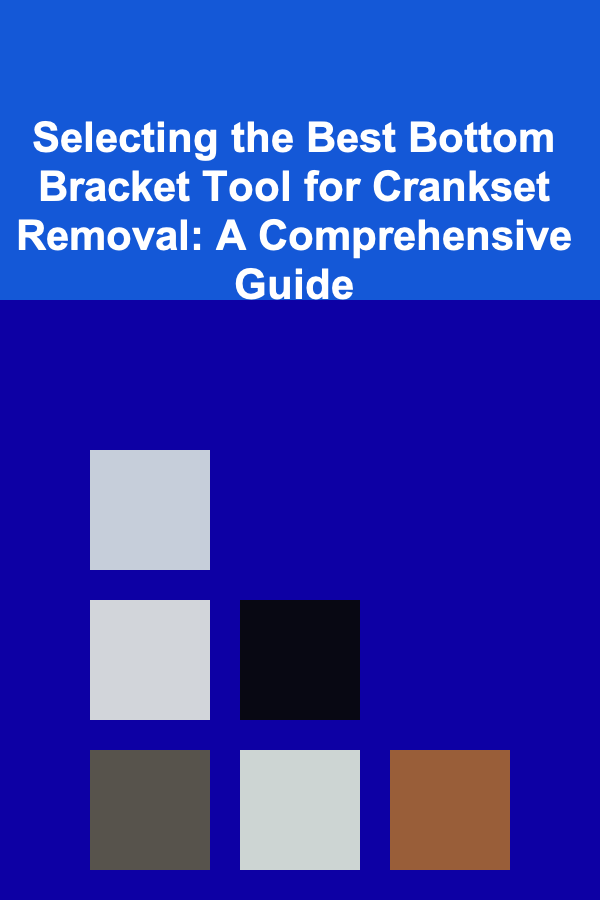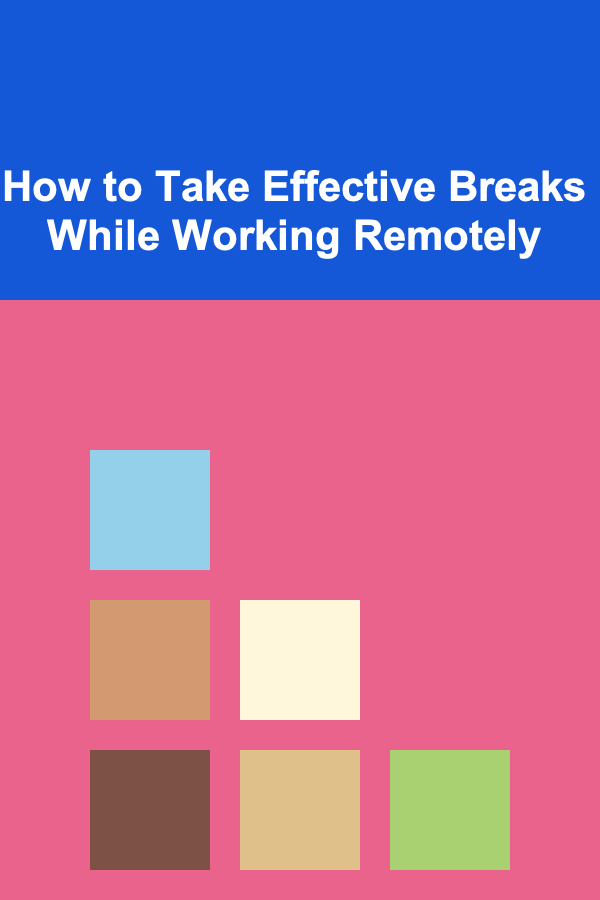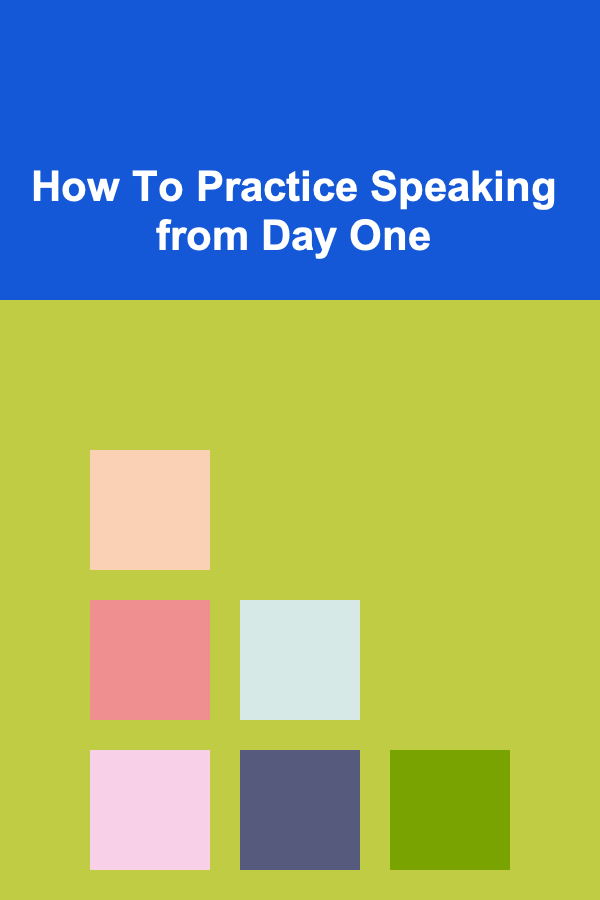
Selecting the Best Bottom Bracket Tool for Crankset Removal: A Comprehensive Guide
ebook include PDF & Audio bundle (Micro Guide)
$12.99$5.99
Limited Time Offer! Order within the next:

Removing a crankset, a crucial step in bike maintenance and upgrades, often necessitates the removal of the bottom bracket. Selecting the correct bottom bracket tool is paramount for a successful and damage-free process. The vast array of bottom bracket standards and tool designs available can make this selection daunting. This comprehensive guide aims to demystify the process, providing you with the knowledge to choose the right tool for your specific bottom bracket, ensuring a smooth and efficient crankset removal experience.
Understanding Bottom Bracket Standards
The first and most critical step is identifying the type of bottom bracket installed on your bicycle. Over the years, the cycling industry has seen a proliferation of bottom bracket standards, each with its unique design and dimensions. Using the wrong tool on a particular standard can result in irreparable damage to the bottom bracket shell or the bottom bracket itself.
Threaded Bottom Brackets
Threaded bottom brackets, a longstanding and reliable design, feature cups that thread directly into the frame's bottom bracket shell. The most common threaded standards include:
- BSA (British Standard) / ISO: This is the most prevalent threaded standard, found on a vast majority of bikes. BSA bottom brackets have a 68mm or 73mm wide shell (road bikes typically use 68mm, while mountain bikes often use 73mm). A notable characteristic is the reverse threading on the driveside cup.
- Italian Threading: Less common than BSA, Italian threaded bottom brackets have a 70mm wide shell and use the same threading direction on both sides (right-hand thread).
- French Threading: An older standard, rarely encountered on modern bikes.
For threaded bottom brackets, the removal tool typically engages with splines or notches on the outer face of the bottom bracket cup. These tools usually require a wrench or socket to provide the leverage needed to loosen the cup.
Press-Fit Bottom Brackets
Press-fit bottom brackets, as the name suggests, are pressed directly into the frame's bottom bracket shell. They offer potential weight savings and design advantages for frame manufacturers, but often require specialized tools for installation and removal. Common press-fit standards include:
- BB30: Features a 30mm spindle and a 42mm inner diameter bottom bracket shell. BB30 bearings are directly pressed into the frame.
- PF30 (Press Fit 30): Similar to BB30, but uses bearing cups that are pressed into the frame, offering a slightly wider bottom bracket shell.
- BB86/BB92: Specifically designed for Shimano's Hollowtech II cranksets, these standards use a 24mm spindle and a wider bottom bracket shell. BB86 is commonly found on road bikes, while BB92 is typical on mountain bikes.
- BB386EVO: A wider version of BB30, offering increased stiffness.
- T47: A threaded standard using a larger diameter thread, providing increased stiffness and easier installation compared to press-fit options. While threaded, T47 often requires specialized tools that resemble those used for press-fit systems.
- BBright: Used by Cervelo, BBright is an asymmetric press-fit system, adding width to the non-drive side of the bottom bracket shell.
Press-fit bottom bracket removal generally involves using a drift or bearing removal tool to knock the bearing cups out of the frame. These tools must be carefully selected to match the diameter of the bearing cups.
Identifying Your Bottom Bracket Type
Accurately identifying your bottom bracket type is crucial before selecting a tool. Here are several methods:
- Visual Inspection: Look for markings or labels on the bottom bracket cups or frame near the bottom bracket shell. These markings often indicate the bottom bracket standard.
- Crankset Spindle Diameter: The diameter of the crankset spindle can provide clues. For example, a 30mm spindle often indicates BB30 or PF30, while a 24mm spindle typically points to Shimano Hollowtech II (and therefore BB86/BB92 or a threaded equivalent).
- Bottom Bracket Shell Width: Measure the width of the bottom bracket shell on the frame. Common widths are 68mm, 73mm (BSA), 70mm (Italian), 86.5mm (BB86), 92mm (BB92), and others.
- Manufacturer's Specifications: Consult the bicycle manufacturer's website or documentation for the specific bottom bracket standard used on your bike model.
- Local Bike Shop (LBS): If you're unsure, take your bike to a local bike shop. Their experienced mechanics can quickly identify the bottom bracket type.
Example: If you see "BSA 68" stamped on the bottom bracket cup, you know you have a BSA threaded bottom bracket with a 68mm wide shell. Similarly, if you measure a 42mm inner diameter of the bottom bracket shell and your crankset has a 30mm spindle, you likely have a BB30 bottom bracket.
Types of Bottom Bracket Tools and Their Applications
Once you've identified your bottom bracket type, you can select the appropriate tool. Here's an overview of common bottom bracket tools and their applications:
Tools for Threaded Bottom Brackets
- Splined Bottom Bracket Tools (Shimano/ISIS Drive Compatible): These tools feature internal splines that engage with corresponding splines on the bottom bracket cup. They are typically used with a wrench or socket for leverage.
- Application: Removing and installing Shimano Hollowtech II, ISIS Drive, and other splined bottom brackets.
- Examples: Park Tool BBT-22, Shimano TL-FC32/36, Pedro's Bottom Bracket Socket.
- Considerations: Ensure the spline count and diameter of the tool match the bottom bracket cup. Some tools are designed for both Shimano and ISIS Drive, while others are specific to one standard.
- Pin Spanner Bottom Bracket Tools: These tools use two pins to engage with corresponding holes in the bottom bracket cup. They are less common but still used for some older bottom bracket designs.
- Application: Removing and installing older-style bottom brackets with pin holes.
- Examples: Older Park Tool BBT models, various generic pin spanners.
- Considerations: Pin spanners can be less secure and prone to slipping compared to splined tools.
- Adjustable Cup Wrenches: These wrenches are designed to grip the flats of adjustable bottom bracket cups (often found on older bikes).
- Application: Adjusting and removing adjustable bottom bracket cups.
- Examples: Park Tool HCW-4, adjustable pin spanners.
- Considerations: Requires careful adjustment to ensure a secure grip on the cup.
Tools for Press-Fit Bottom Brackets
- Bottom Bracket Bearing Press: These tools are used for installing press-fit bottom brackets. They typically consist of threaded rods, handles, and adapters that precisely fit the bearing cups. While not directly used for removal, understanding how they install helps in visualizing the removal process.
- Application: Installing press-fit bottom bracket bearings and cups.
- Examples: Park Tool BBP-1, Wheels Manufacturing Bottom Bracket Press.
- Considerations: Different adapters are needed for different bottom bracket standards.
- Bottom Bracket Bearing Removal Tools (Drifts): These tools are used to remove press-fit bottom bracket bearings and cups. They come in various designs, including drifts with expansion mechanisms and simple solid drifts.
- Application: Removing press-fit bottom bracket bearings and cups from the frame.
- Examples: Park Tool BBT-30.4 (for BB30), Wheels Manufacturing BB Removal Tools, generic drift sets.
- Considerations: Selecting the correct drift size is crucial to avoid damaging the frame or bearings. Some tools require a hammer, while others use a threaded mechanism for controlled extraction. Blind bearing pullers can be used when access from the other side is not possible.
- Internal Bearing Removal Tools: Some removal tools are designed to be inserted through the bearing bore to grip the inside of the bearing and pull it out. These can be particularly useful for bearings that are tightly pressed into the frame.
- Application: Removing press-fit bearings from within the bottom bracket shell.
- Examples: Cyclus Tools Internal Bearing Extractor, similar tools from other manufacturers.
- Considerations: These tools often require careful positioning and may not work with all bearing types.
Universal Bottom Bracket Tools
While specialized tools offer the best precision and fit, some universal tools attempt to address multiple bottom bracket standards. These tools can be a cost-effective option for home mechanics who work on a variety of bikes.
- Adjustable Bottom Bracket Tools: Some tools feature adjustable jaws or pins that can be configured to fit different bottom bracket standards.
- Application: Working with a range of bottom bracket types, often including both threaded and some press-fit systems.
- Examples: Universal bottom bracket wrenches with adjustable pins or jaws.
- Considerations: Universal tools may not provide the same level of precision and security as specialized tools, increasing the risk of slippage or damage.
Factors to Consider When Choosing a Bottom Bracket Tool
When selecting a bottom bracket tool, consider the following factors:
- Bottom Bracket Standard Compatibility: This is the most important factor. Ensure the tool is specifically designed for your bottom bracket type. Refer to the tool manufacturer's specifications.
- Tool Quality and Durability: Invest in a high-quality tool from a reputable manufacturer. Cheap tools can easily break or damage the bottom bracket. Look for tools made from hardened steel or other durable materials.
- Ease of Use: Choose a tool that is easy to handle and provides good leverage. Ergonomic designs and comfortable grips can make the job easier.
- Wrench Compatibility: Consider the type of wrench or socket required to use the tool. Some tools require a specific size wrench, while others can be used with a standard socket set.
- Price: Bottom bracket tools range in price from inexpensive generic options to high-end professional-grade tools. Consider your budget and the frequency with which you'll be using the tool. If you only need to remove a bottom bracket once, it might be more cost-effective to take it to a bike shop. However, if you plan to perform regular maintenance, investing in a quality tool is worthwhile.
- Additional Features: Some tools offer additional features, such as integrated handles, guide pins, or multiple compatibility options. Consider these features based on your specific needs.
Step-by-Step Guide to Removing a Crankset and Bottom Bracket (General Overview)
Disclaimer: This is a general overview. Always consult your bicycle manufacturer's instructions and use appropriate safety precautions.
Tools Required (Example using a Shimano Hollowtech II crankset):
- Crankset Bolt Tool (typically an Allen wrench, often 8mm or 10mm)
- Crankset Preload Bolt Tool (small plastic tool, often included with the crankset)
- Shimano Hollowtech II Bottom Bracket Tool (e.g., Park Tool BBT-9 or BBT-69)
- Torque Wrench (for re-installation)
- Gloves (optional, but recommended)
- Rag or Cleaning Supplies
Procedure:
- Prepare the Bike: Place the bike in a repair stand or lean it against a stable surface.
- Remove the Pedals: Use a pedal wrench to remove the pedals from the crank arms. Remember that the left pedal has a reverse thread.
- Loosen the Crankset Bolts: Use the appropriate Allen wrench to loosen the crankset bolts on both crank arms. Usually, there are two bolts per arm. Don't remove them completely yet.
- Remove the Crankset Preload Bolt (Non-Drive Side): Use the small plastic preload bolt tool to loosen and remove the preload bolt on the non-drive side crank arm.
- Remove the Non-Drive Side Crank Arm: Carefully pull the non-drive side crank arm off the spindle. It may require some gentle wiggling.
- Remove the Drive Side Crank Arm: With the non-drive side removed, the drive side crank arm (with the spindle attached) can be carefully pushed out from the bottom bracket shell.
- Remove the Bottom Bracket:
- Threaded Bottom Bracket: Using the appropriate bottom bracket tool (e.g., BBT-9 for Shimano Hollowtech II), attach a wrench or socket to the tool. Remember the reverse threading on the drive side (BSA bottom brackets). Apply firm, even pressure to loosen the cups. Work slowly and carefully to avoid damaging the threads.
- Press-Fit Bottom Bracket: Using the appropriate bearing removal tool (drift), carefully knock the bearing cups out of the frame. Start with one side and then the other. Be sure to support the frame properly to avoid damage.
- Clean the Bottom Bracket Shell: Clean the inside of the bottom bracket shell with a rag and cleaning supplies to remove any dirt or grime.
Important Notes:
- Always refer to the specific instructions for your crankset and bottom bracket model.
- Use the correct torque settings when re-installing the crankset and bottom bracket.
- If you are unsure about any step, consult a professional bike mechanic.
Common Mistakes to Avoid
Avoiding common mistakes is essential to prevent damage and ensure a successful bottom bracket removal.
- Using the Wrong Tool: This is the most common mistake and can lead to irreversible damage to the bottom bracket shell or cups. Always double-check the bottom bracket standard and select the appropriate tool.
- Applying Excessive Force: Avoid using excessive force, especially when removing threaded bottom brackets. If the cup is stuck, try using penetrating oil and let it soak for a while.
- Cross-Threading: When reinstalling threaded bottom brackets, be extremely careful not to cross-thread the cups. Start by hand and ensure the threads are aligned before applying any force.
- Damaging the Frame: Be especially careful when removing press-fit bottom brackets to avoid damaging the frame. Use the correct size drift and support the frame properly.
- Ignoring Torque Specifications: Always use a torque wrench to tighten bolts to the manufacturer's specified torque settings. Over-tightening can damage the components, while under-tightening can lead to loosening and failure.
- Neglecting Preparation: Ensure the area around the bottom bracket is clean before starting the removal process. This will help prevent dirt and grime from contaminating the components.
Tool Maintenance and Storage
Proper maintenance and storage will extend the life of your bottom bracket tools and ensure they are ready for use when you need them.
- Cleaning: After each use, clean the tools with a rag to remove any dirt, grease, or grime.
- Lubrication: Apply a light coat of oil to moving parts, such as threads and pins, to prevent corrosion and ensure smooth operation.
- Storage: Store the tools in a dry and organized location. Consider using a tool box or a dedicated storage container to protect them from damage.
- Inspection: Regularly inspect the tools for any signs of wear or damage. Replace any worn or damaged tools immediately.
Conclusion
Selecting the right bottom bracket tool for crankset removal is crucial for a successful and damage-free process. By understanding the different bottom bracket standards, identifying your bottom bracket type, and carefully considering the factors outlined in this guide, you can confidently choose the appropriate tool for the job. Investing in quality tools and following proper procedures will ensure that you can perform crankset and bottom bracket maintenance safely and effectively, keeping your bike running smoothly for years to come. Remember that if you are ever unsure about any step, consulting a professional bike mechanic is always the best option.

Balancing Work and Life: Remote Job Search Strategies
Read More
How to Host a Progressive Dinner Party with Friends
Read More
How to Maintain Your Home's Water Softener for Optimal Performance
Read More
How to Organize Your Movie Collection for Easy Viewing
Read More
How to Take Effective Breaks While Working Remotely
Read More
How To Practice Speaking from Day One
Read MoreOther Products

Balancing Work and Life: Remote Job Search Strategies
Read More
How to Host a Progressive Dinner Party with Friends
Read More
How to Maintain Your Home's Water Softener for Optimal Performance
Read More
How to Organize Your Movie Collection for Easy Viewing
Read More
How to Take Effective Breaks While Working Remotely
Read More